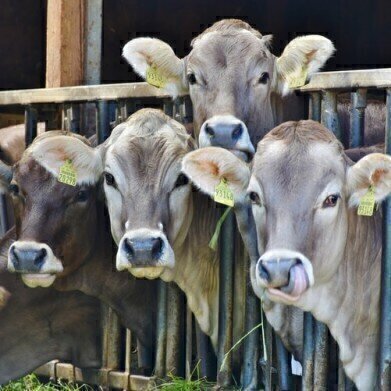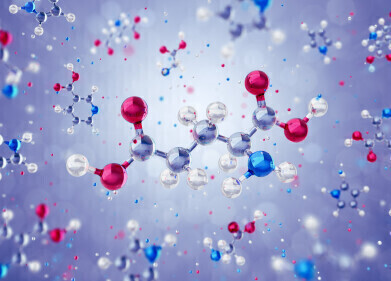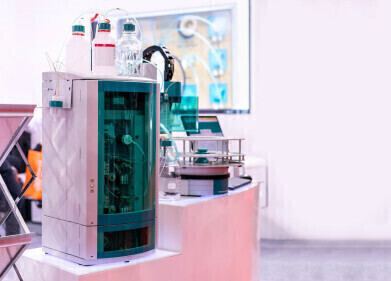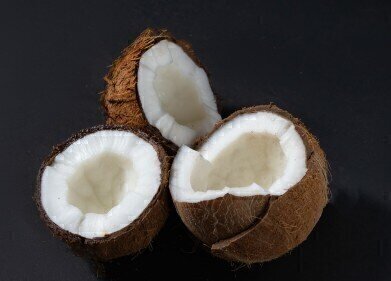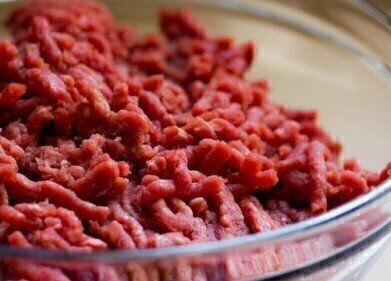Ion Chromatography (IC)
Can Chromatography Keep Animal Feed Safe and Healthy?
Feb 27 2018
‘You are what you eat’ goes the mantra of nutritionists everywhere. And although the origins of the phrase can be traced back to the nineteenth century, it is still relevant today. And not just for us humans. The quality of the nutrition available to any living thing — including plants — can determine how something lives and thrives.
And so, we feed our crops a carefully balanced blend of nutrients through the fertilisers we use and always make sure our plants are watered. The same with our animals if we want them to thrive and be healthy. This is even more so when we rely on the animals for our food — whether meat or other products including eggs and milk. A recent report has suggested a new — ‘eco-friendly’ — method for analysing the trace nutrients phosphorus and sulphur in animal feed. Let’s look at how chromatography is keeping animal feed both healthy and safe.
Nutrients keep the animals healthy
Macro- and micro- nutrients are essential parts of a healthy diet for all animals including humans. And whilst many people know about carbohydrates, proteins and fats — an animals diet is much more complex than that. Micro-nutrients play a crucial role in how living things function and develop — but, they are only required in small amounts. Hence, the micro in their name. Vitamins and minerals are two of the most well-known micro-nutrients, both for humans and animals.
For animals including cattle, two of the most important micro-nutrients are the minerals phosphorus and sulphur. Phosphorus plays a key role in cell development and in the energy supply within animals — the ATP cycle — and is a key component in bones. Sulphur is essential for growth and in the production of milk or wool. It is essential for amino acid production, and along with phosphorus is essential for DNA. To keep animals healthy, they must be fed a balanced diet, with just the right amount of macro- and micro-nutrients — including phosphorus and sulphur.
Quicker and easier analysis with IC
A team of Brazilian chemists have been looking for a method to detect and analyse phosphorus and sulphur in animal feeds — and have developed an ion chromatography method that does the job. Ion chromatography can be used for many different applications as discussed in the article, Determination of Low Molecular Weight Organic Acids in Petroleum Products by Ion Chromatography.
The method they developed is faster and more sensitive than existing methods — it is also cleaner than existing methods and uses less chemicals. Making the method more environmentally friendly. The results obtained are similar to those given by the manufacturers of the feed, as outlined in the paper here.
So, a cleaner and more efficient method to help keep animal feed safe and healthy — thanks in part to chromatography.
Digital Edition
Chromatography Today - Buyers' Guide 2022
October 2023
In This Edition Modern & Practical Applications - Accelerating ADC Development with Mass Spectrometry - Implementing High-Resolution Ion Mobility into Peptide Mapping Workflows Chromatogr...
View all digital editions
Events
ACS National Meeting - Fall 2024
Aug 18 2024 Denver, CO, USA
Sep 04 2024 Chiba, Tokyo, Japan
Sep 04 2024 University of Warwick, Coventry, UK
Sep 10 2024 Rockville, MD, USA
Plastics Recycling World Expo Europe
Sep 11 2024 Brussels, Belgium
